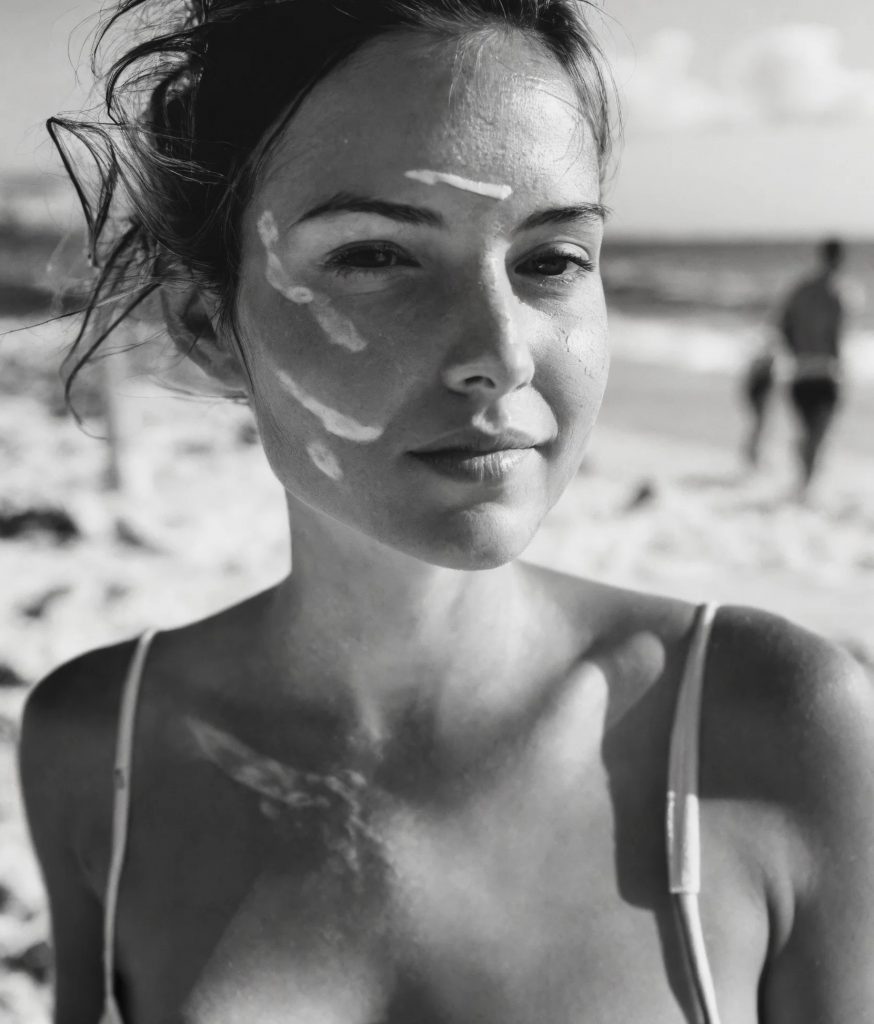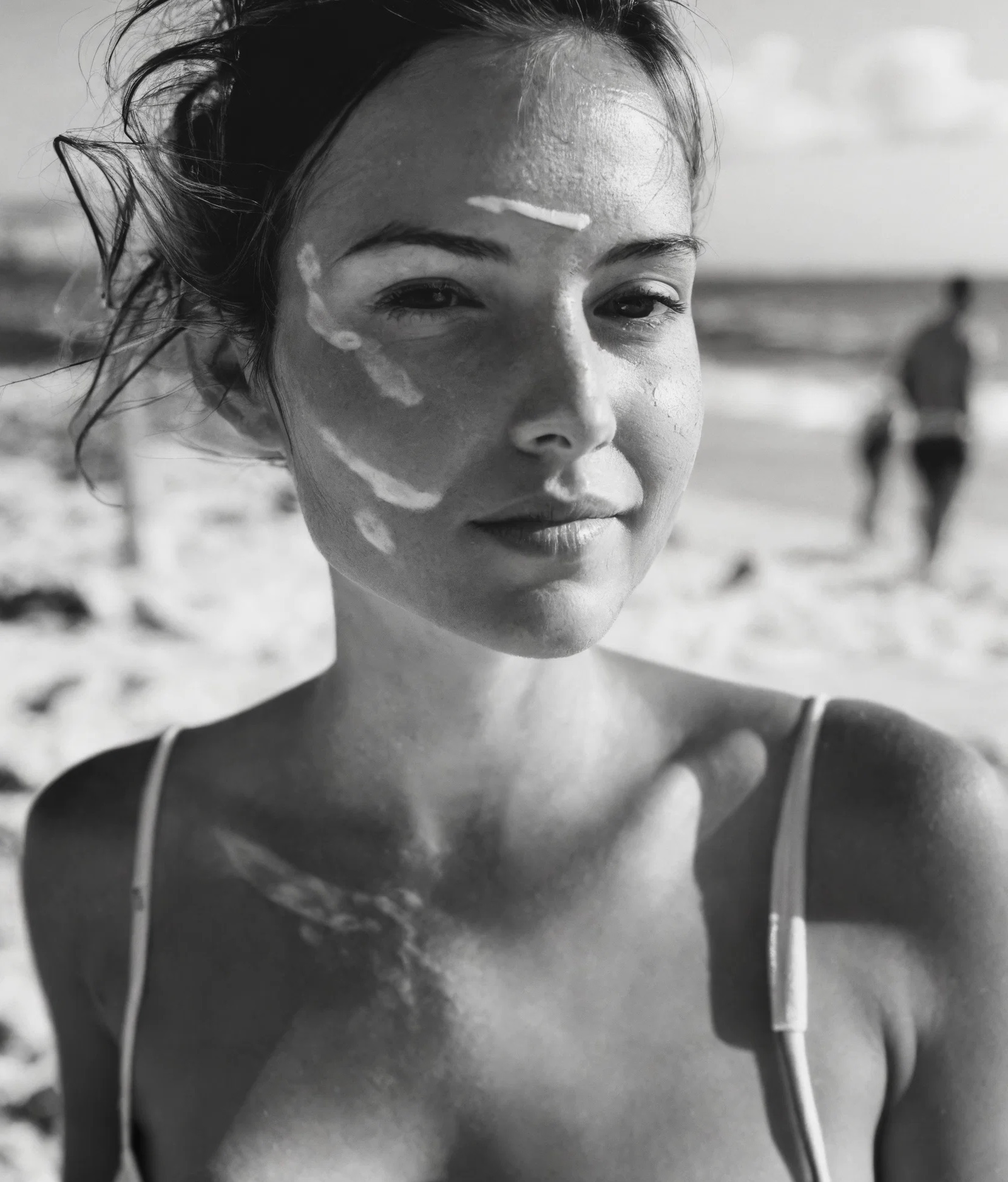Defining Old vs. New SPF Filters
Let’s start with a bit of SPF “ageism” by distinguishing old filters from new ones. The new filters include:
- Uvinul A Plus (Diethylamino Hydroxybenzoyl Hexyl Benzoate)
- Uvinul T 150 (Ethylhexyl Triazone/Octyl Triazone)
- Tinosorb S (Bis-Ethylhexyloxyphenol Methoxyphenyl Triazine)
- Tinosorb M (Methylene Bis-Benzotriazolyl Tetramethylbutylphenol)
- Tinosorb A2B (Tris-Biphenyl Triazine)
- Ensulizole (Phenylbenzimidazole Sulfonic Acid)
- Ecamsule/Mexoryl SX (Terephthalylidene Dicamphor Sulfonic Acid)
- Mexoryl XL (Drometrizole Trisiloxane)
- Parsol SLX (Polysilicone-15)
- Iscotrizinol/Uvasorb HEB (Diethylhexyl Butamido Triazone)
Old generation chemical filters include:
- Ethylhexyl Salicylate (Octyl salicylate)
- Ethylhexyl Methoxycinnamate (Octinoxate)
- Butyl Methoxydibenzoylmethane (Avobenzone)
- Octocrylene
- Homosalate

Differences Between New and Old Filters
Enhanced Protection
New generation filters provide superior protection against UV radiation. They either have a very high protection factor for a specific type of rays (UVA/UVB) or cover the entire UVB and UVA spectrum (280-400 nm). For example, Tinosorb S covers the full UVB and UVA range with peak protection around 310 and 345 nm. Additionally, these new filters can stabilize other, weaker filters (like the old-school filter, Avobenzone).
Photostability
Unlike older UV filters, the new ones are far more photostable. This means they don’t lose their protective properties after just a couple of hours (as older filters do) and hence, don’t need to be reapplied as frequently. Another advantage is that new generation filters penetrate the skin minimally, staying on the surface where they are needed to perform their protective function.
Reapplication of New Generation Filters
In Urban Settings
No, you don’t need to reapply them as frequently. New generation chemical filters are more stable, with studies showing they can protect the skin for up to 8 hours in urban environments.
On the Beach
Yes, reapplication is necessary. If you’re in a high UV index area, sunbathing, or swimming, you still need to reapply sunscreen every 2-3 hours to maintain protection.
FDA Approval and Usage
It’s interesting to note that these new generation chemical filters are not FDA-approved, meaning you won’t find them in sunscreens manufactured in the USA. However, they are widely used in skincare products made in Korea, Europe, and Australia.


Leave a Reply